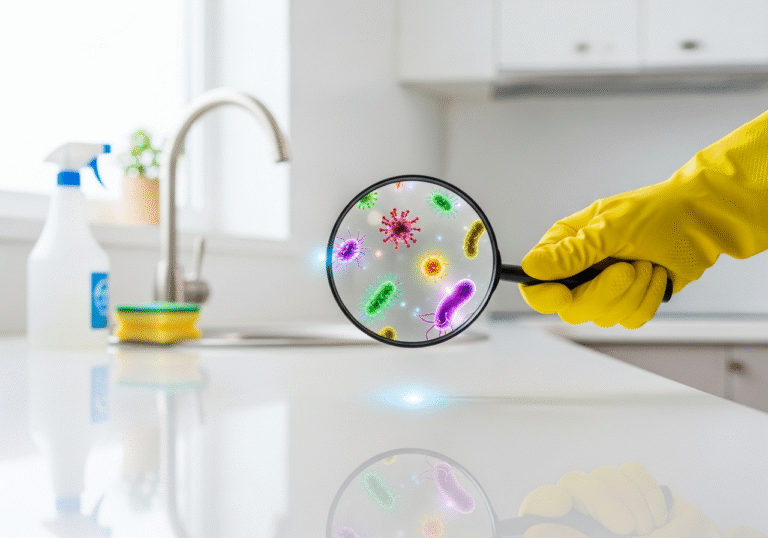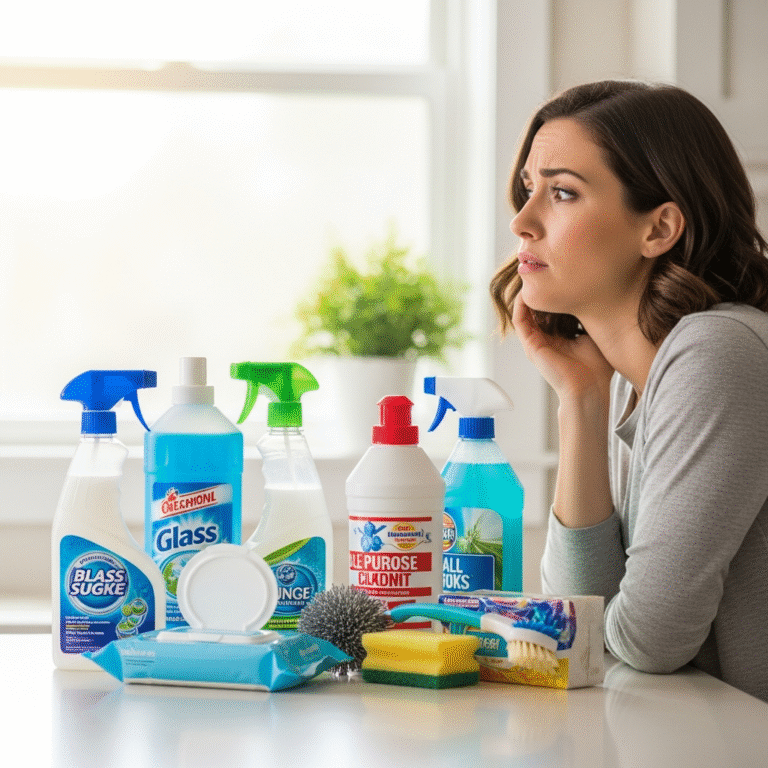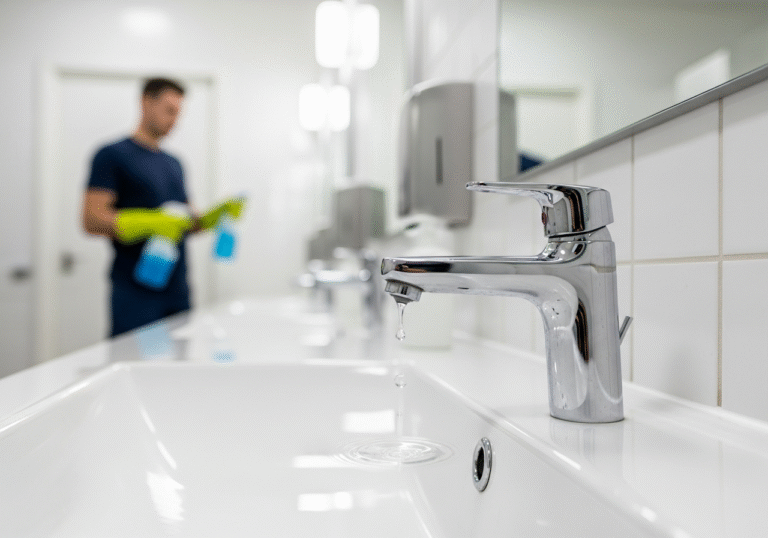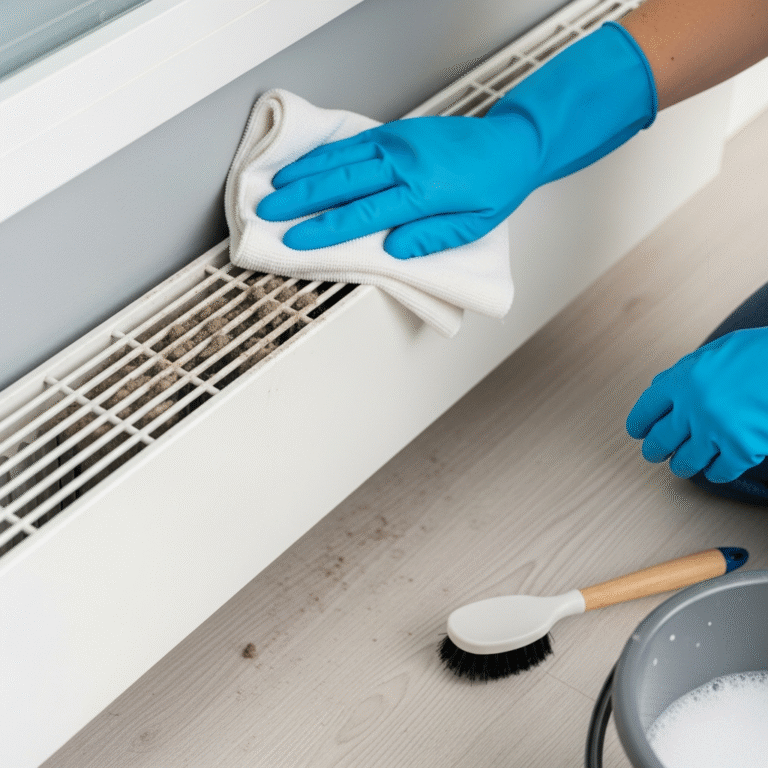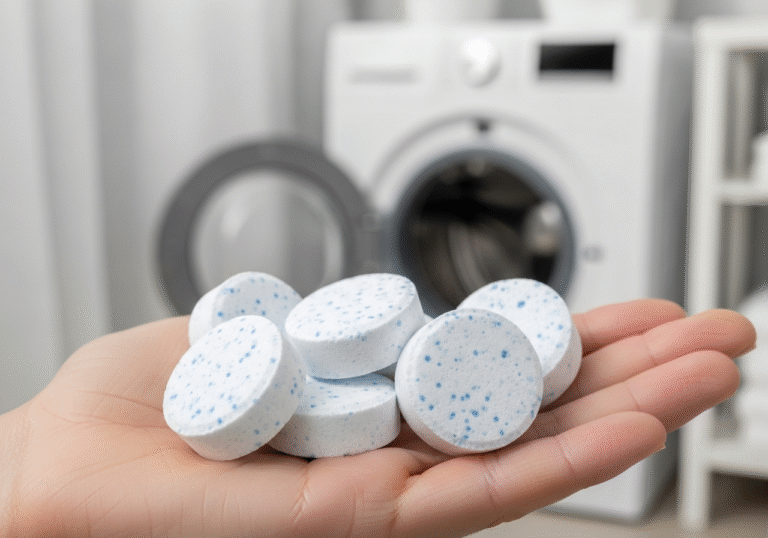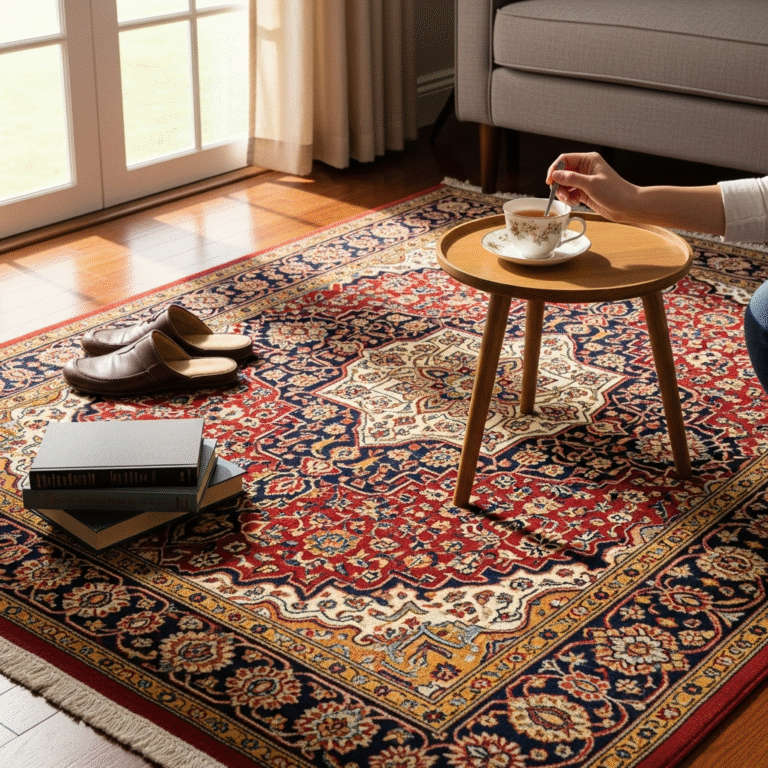Asthma can turn your home from a comfy sanctuary into a place of potential hazards if not managed properly. Dust, pet dander, mold, and strong fumes are just a few common triggers that can cause discomfort or even asthma attacks. Thankfully, with some smart cleaning strategies, you can significantly reduce asthma triggers in your living space. Here are five essential tips that not only keep your home sparkling but also make it a safer environment for those with asthma.
1. Maintain a Dust-Free Environment
Reducing asthma triggers in your home starts with maintaining a dust-free environment, as dust mites are notorious for exacerbating asthma symptoms. One effective strategy is to use a damp cloth for dusting. This method is superior to dry dusting because the moisture helps trap and remove dust instead of merely dispersing it back into the air where it can be inhaled.
Regular vacuuming is another critical step in minimizing dust and its associated allergens. When choosing a vacuum, opt for one equipped with a HEPA filter. These filters are specifically designed to capture the smallest particles of dust, preventing them from recirculating into the room. This is crucial for reducing asthma triggers, as these tiny particles are often the most irritating when inhaled.
Additionally, it’s important to wash bedding on a weekly basis using hot water. Hot water is effective at killing dust mites, which thrive in the warm, fibrous environment of bed linens. This practice not only helps to eliminate existing mites but also removes the allergens that accumulate in fabrics, further helping to reduce asthma symptoms.
2. Keep Humidity Under Control
To effectively reduce asthma triggers in your home, managing indoor humidity is crucial. High humidity levels create an ideal environment for the growth of mold and dust mites, both of which can significantly worsen asthma symptoms. By keeping indoor humidity levels below 50%, you can discourage these allergens from flourishing. A practical way to achieve this is by using a dehumidifier, which actively removes excess moisture from the air, helping to maintain a healthier indoor climate.
Additionally, proper ventilation is essential, particularly in areas of your home that are prone to moisture, such as bathrooms and kitchens. Employing exhaust fans or simply opening windows can dramatically improve air circulation, effectively reducing moisture and the potential for mold and mildew buildup. This not only helps to keep the air fresh but also minimizes the growth of mold spores that can trigger asthma attacks.
Another important measure to control humidity and reduce asthma triggers is to address leaks promptly. Leaks can lead to damp surfaces, which are breeding grounds for mold. By fixing leaks as soon as they are detected, you can prevent mold from taking hold, thereby protecting your home’s air quality.

3. Opt for Gentle Cleaning Products
Choosing the right cleaning products is essential to reduce asthma triggers in your home. Many commercial cleaners contain strong odors and harsh chemicals that can provoke asthma symptoms, making it crucial to select products that are kinder to those with respiratory sensitivities. Opting for unscented or naturally-scented cleaning products specifically designed for sensitive individuals can make a significant difference. These products are formulated to provide effective cleaning without the harsh chemicals that typically trigger asthma attacks.
Additionally, it’s advisable to avoid aerosol sprays. Aerosols can disperse fine particles into the air, which are easily inhaled and can irritate the respiratory system. Instead, look for liquid or pump spray formats that offer a safer alternative by reducing the spread of airborne particles.
For those who prefer a more natural approach, making your own cleaning solutions can be a beneficial practice. Simple household ingredients like vinegar and baking soda can be used to create effective cleaning agents that are free from synthetic chemicals. These natural cleaners can tackle everything from surface grime to bathroom mildew without adding any asthma-inducing substances to your home environment.
4. Regularly Clean or Replace Filters
It’s crucial to pay attention to the filters in your home’s heating and cooling systems. Airborne allergens like pollen, dust, and pet dander can easily circulate through these systems, exacerbating asthma symptoms for those sensitive to these particles. Regular maintenance of HVAC filters is essential; this includes changing or cleaning them according to the manufacturer’s instructions. This practice not only ensures the removal of contaminants from the air but also improves the overall efficiency of your heating and cooling systems.
Additionally, consider the use of air purifiers equipped with HEPA filters in areas of your home where you spend the most time, such as bedrooms and living areas. HEPA filters are exceptionally effective at capturing even the finest particles, including most allergens. By integrating air purifiers into your home environment, you can further reduce the presence of airborne allergens. This is particularly beneficial in rooms where asthma sufferers sleep or spend significant amounts of time, as it helps ensure that the air they breathe is as clean and free from triggers as possible.
5. Reduce Clutter
Reducing clutter is another effective strategy to reduce asthma triggers in your home. Clutter not only makes spaces look untidy but also provides numerous nooks and crannies that can accumulate dust and harbor allergens. By keeping your home organized and surfaces clear, you minimize the number of dust-collecting spots, which is crucial for maintaining an asthma-friendly environment.
Storing items in closed containers is a practical approach to keeping allergens at bay. Instead of leaving items out in the open where they can gather dust, enclosed storage solutions prevent dust accumulation and make cleaning easier and more effective. This strategy not only helps in reducing the presence of dust mites and other allergens but also aids in keeping your home looking tidy and organized.
Regular decluttering sessions are also vital. By periodically going through your possessions and removing items you no longer need or use, you can significantly decrease the overall clutter in your home. This not only frees up space but also reduces the potential for allergen buildup. A decluttered home is easier to clean and maintain, which is essential for anyone looking to reduce asthma triggers and promote a healthier living environment.

6. Prioritize Soft Furnishings and Carpet Care
Carpets and soft furnishings like sofas and curtains can be significant reservoirs for allergens that trigger asthma symptoms. It’s crucial to give these items special attention to reduce asthma triggers effectively. Regularly vacuuming carpets with a HEPA-filter-equipped vacuum cleaner is essential to pull out embedded dust, pet dander, and other particulates. Additionally, consider steam cleaning carpets and upholstery periodically to kill dust mites and remove embedded allergens further.
For homes with severe asthma concerns, replacing heavy drapes with washable curtains or blinds that can be easily cleaned and minimizing carpeted areas in favor of hardwood or tile floors can make a substantial difference. This reduces the overall burden of allergens in the home, making it easier to maintain a clean, asthma-friendly environment. Ensuring that these often-overlooked areas are regularly cleaned can significantly contribute to a healthier home atmosphere, keeping asthma triggers to a minimum.
7. Focus on Pet Care and Allergen Management
Pets can be a significant source of joy in a household, but they can also bring allergens that may trigger asthma symptoms, such as pet dander, fur, and dust they carry in from outside. To effectively manage and reduce asthma triggers associated with pets, it’s important to implement thorough pet care and cleaning routines.
Regularly grooming your pets can significantly reduce the amount of dander and fur in your home environment. Brushing your pets outdoors, if possible, prevents loose fur from becoming airborne indoors. Additionally, keeping pets off of furniture and out of bedrooms can limit exposure to allergens during sleep, a critical time for respiratory recovery.
In terms of cleaning, increasing the frequency of vacuuming and using an air purifier in areas where pets spend most of their time can help capture pet dander and other allergens before they spread. Washing pet bedding and toys frequently also reduces the buildup of dander and fur. By maintaining rigorous cleaning standards and thoughtful pet management, you can keep your home more comfortable and safer for asthma sufferers.
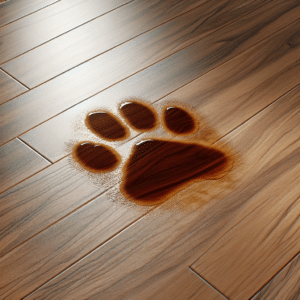
Reduce Asthma Easy as Never!
Implementing these cleaning tips can significantly reduce asthma triggers in your home, making it a healthier space for everyone, especially those with respiratory sensitivities. Remember, regular cleaning is key to controlling asthma triggers, but it’s also important to use the right methods and products to avoid aggravating symptoms. Consistency is crucial, as even small lapses in cleaning practices can allow allergens to accumulate and affect air quality.
However, maintaining an asthma-friendly home can be a demanding task, especially with the busy schedules many of us have today. That’s where professional cleaning services can be a tremendous help. Toronto Shine Cleaning offers a range of services specifically designed to reduce asthma and allergy triggers in the home. Our team uses hypoallergenic and unscented cleaning products and follows meticulous procedures to ensure that every corner of your home remains free from dust and allergens.
For those who are looking for a deeper level of clean or need regular assistance in maintaining an asthma-friendly environment, Toronto Shine Cleaning is here to help. Visit our website to explore our services, or contact us directly to discuss how we can tailor our cleaning solutions to meet your specific needs and make your home a safer, more comfortable place for everyone, especially those affected by asthma.














